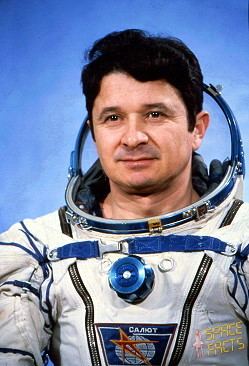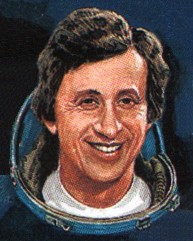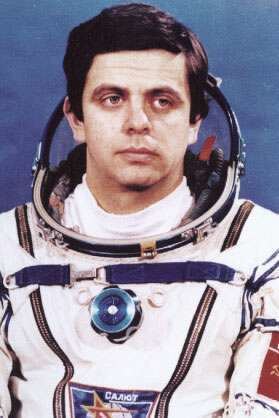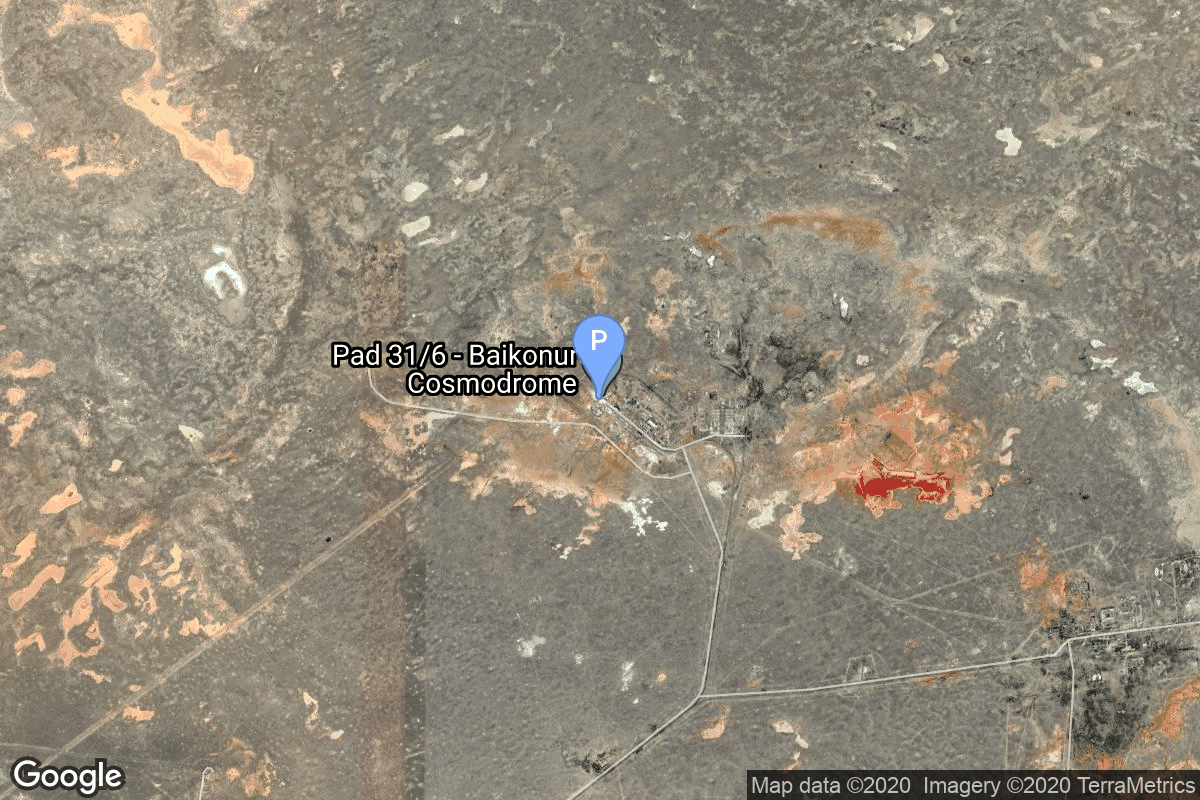Soyuz T-10
Soyuz-U
Soviet Space Program
Crew

Leonid Kizim
- Birthday: 08/05/1941
- Role: Commander
- Nationality: Russia
- First Flight: 11/27/1980
- Last Flight: 03/13/1986
Leonid Denisovich Kizim (Кизим Леонид Денисович) (August 5, 1941 – June 14, 2010) was a Soviet cosmonau...

Oleg Atkov
- Birthday: 05/09/1949
- Role: Research Cosmonaut
- Nationality: Russia
- First Flight: 02/08/1984
- Last Flight: 02/08/1984
Oleg Yur'yevich At'kov (Russian: Оле́г Ю́рьевич Атько́в; born 9 May 1949) is a Russian cardiologist and f...

Vladimir Solovyov
- Birthday: 11/11/1946
- Role: Flight Engineer
- Nationality: Russia
- First Flight: 02/08/1984
- Last Flight: 03/13/1986
Vladimir Alekseyevich Solovyov (Russian: Влади́мир Алексе́евич Соловьёв; born 11 November 1946) i...
Mission
Soyuz T-10
- Type: Human Exploration
- Orbit: Low Earth Orbit
Soyuz T-10 was the third long-duration expedition to the Salyut 7 space station. The mission began on 8 February 1984, 12:07:26 UTC, launching Commander Leonid Kizim, Flight Engineer Vladimir Solovyov and Research Cosmonaut Oleg Atkov into orbit. They docked with the station the next day. During their 237-day stay on the station, crew performed various scientific and medical experiments, performed six EVAs for station maintenance, and were visited by Soyuz T-11 and Soyuz T-12 missions. Soyuz T-10, per usual, swapped vehicles with the Soyuz T-11 crew, which allowed for a longer stay on the station.
The mission concluded with a safe landing back on Earth on October 2, 1984, 10:57:00 UTC.
Location
31/6
Baikonur Cosmodrome, Republic of Kazakhstan
31/6 has witnessed the launch of 422 rockets, including 422 orbital launch attempts. While Baikonur Cosmodrome, Republic of Kazakhstan, has been the site for 1555 rocket launches.
The Baikonur Cosmodrome is a spaceport operated by Russia within Kazakhstan. Located in the Kazakh city of Baikonur, it is the largest operational space launch facility in terms of area. All Russian crewed spaceflights are launched from Baikonur.
Agency
Soviet Space Program
The Soviet space program, was the national space program of the Union of Soviet Socialist Republics (USSR) actived from 1930s until disintegration of the Soviet Union in 1991.
The Soviet Union's space program was mainly based on the cosmonautic exploration of space and the development of the expandable launch vehicles, which had been split between many design bureaus competing against each other. Over its 60-years of history, the Russian program was responsible for a number of pioneering feats and accomplishments in the human space flight, including the first intercontinental ballistic missile (R-7), first satellite (Sputnik 1), first animal in Earth orbit (the dog Laika on Sputnik 2), first human in space and Earth orbit (cosmonaut Yuri Gagarin on Vostok 1), first woman in space and Earth orbit (cosmonaut Valentina Tereshkova on Vostok 6), first spacewalk (cosmonaut Alexei Leonov on Voskhod 2), first Moon impact (Luna 2), first image of the far side of the Moon (Luna 3) and unmanned lunar soft landing (Luna 9), first space rover (Lunokhod 1), first sample of lunar soil automatically extracted and brought to Earth (Luna 16), and first space station (Salyut 1). Further notable records included the first interplanetary probes: Venera 1 and Mars 1 to fly by Venus and Mars, respectively, Venera 3 and Mars 2 to impact the respective planet surface, and Venera 7 and Mars 3 to make soft landings on these planets.


